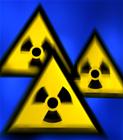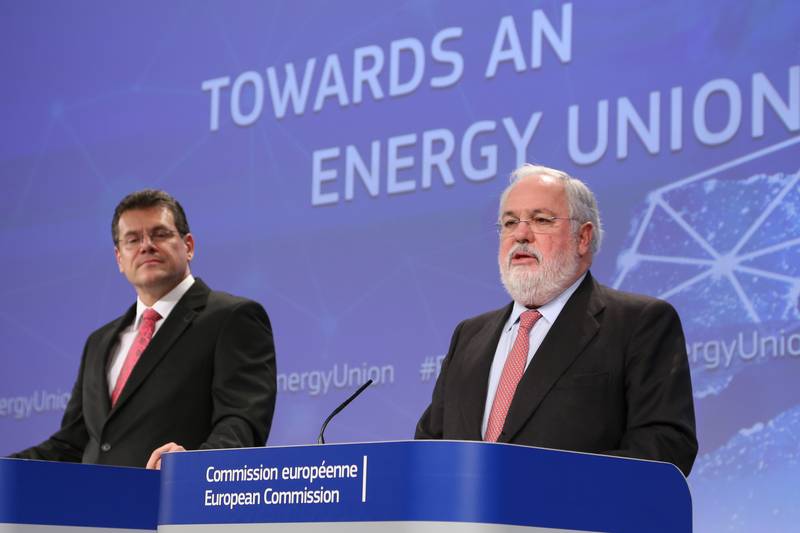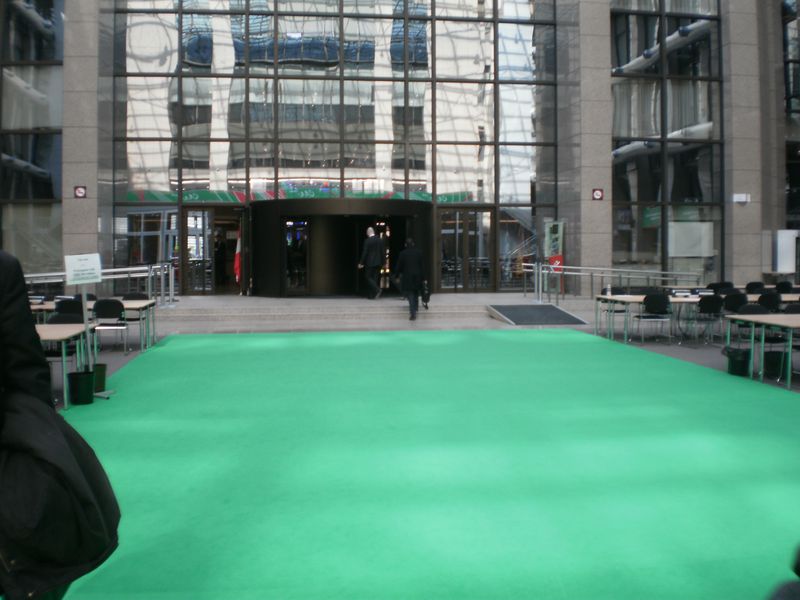Conditioned transparency for the nuclear stress tests
Adelina Marini, May 26, 2011
 The most important element of the nuclear stress tests, which will start in all the 143 nuclear power stations in the European Union on June 1st, namely transparency, is put under certain conditionality. As is written in the criteria for the inspections, agreed on Tuesday, "the reports should be made available to the public in accordance with national legislation and international obligations, provided that this does not jeopardize other interests such as, inter alia, security, recognised in national legislation or international obligations". Thus stipulated this means that, aside the fact that the stress tests themselves are absolutely voluntary, the publication of important results might not happen because of "security measures".
The most important element of the nuclear stress tests, which will start in all the 143 nuclear power stations in the European Union on June 1st, namely transparency, is put under certain conditionality. As is written in the criteria for the inspections, agreed on Tuesday, "the reports should be made available to the public in accordance with national legislation and international obligations, provided that this does not jeopardize other interests such as, inter alia, security, recognised in national legislation or international obligations". Thus stipulated this means that, aside the fact that the stress tests themselves are absolutely voluntary, the publication of important results might not happen because of "security measures".
As the responsibility for the energy mix, according to the Lisbon Treaty, remains with the member states, the European Union can only offer a European approach, explained on Wednesday (May 25) Gunter Oettinger, EU Energy Commissioner. "Obviously there are different expectations in the member states and in the mind of the men in the street. We are not prepared to be a sort of off-switch. We see some media and some member states speculating that the stress tests is the shortcut to leave nuclear power behind. But that's not it. That is a policy in Berlin, it is not my task. I want to be objective and come up with a stress test, which will enable member states to see what the situation is and what needs to be done", the Commissioner added when presenting the agreed criteria.
What do the criteria include
In the document, except the criteria, a definition of what a stress test is is also included: "For now we define a "stress test" as a targeted reassessment of the safety margins of nuclear power plants the light of the events which occurred at Fukushima: extreme natural events challenging the plant safety functions and leading to severe accident". Nuclear power stations will be checked for resilience to earthquakes, floods, power shortages and their impact on cooling systems, problems with fuel, human error, airplane crash. The inspections will also cover plants that are being currently built, as well as those planned to be constructed.
According to Gunter Oettinger, when defining the criteria, the participants were influenced by the disaster in the Fukushima nuclear plant in Japan, as announced in the very beginning when the idea for the stress tests emerged. The EU Commissioner has said that the Fukushima accident was caused by a natural disaster but then human errors played a role. This is one of the most interesting criteria, on which the inspectors will work. They will check the technical equipment, the qualifications of technicians and operators, their capabilities to react in critical situations.
Besides, the inspections will also cover tanker spills close to a nuclear power station. Only terrorist actions will not be included in the stress tests as there is a consensus that the European energy regulator is not competent to do this. As the issue is highly sensitive, the Commission will invite the member states in order to see which are the competent authorities in each one of them - be it the air force, the police, the army or else, Mr Oettinger added.
The tests will take place in three stages. The first will cover the operators of nuclear power stations. After it is ensured that they apply stringent rules, a full audit will be made and then a report will be issued. The second stage includes the national nuclear power authorities to review the report from the first phase and then comes the third - when peer reviews will be done in all the 14 member states that have nuclear power stations. The teams will not include experts from a member country that is being inspected.
As the stress tests were motivated by the Fukushima accident, this is why one of the main elements of the criteria is resilience to earthquakes. If in a region an earthquake of a magnitude of Richter scale 6 took place, it is assumed that such an earthquake will happen again. The same principle is applied with floods and other natural disasters. But as Fukushima showed, the magnitudes of earthquakes can be much higher than what was experienced in a region in the past, which is why the stress tests include a higher safety margin. However, no ceiling rate is being pointed out in the criteria. According to the European Commission, there is no point in  checking whether all the 143 nuclear power plants are resilient to an earthquake of Richter scale 8, as not all of them are built near earthquake-prone areas.
checking whether all the 143 nuclear power plants are resilient to an earthquake of Richter scale 8, as not all of them are built near earthquake-prone areas.
In mid-June Commissioner Oettinger will invite EU's neighbouring countries who "are important for nuclear safety", to take part in the European nuclear stress tests. These are Ukraine, Russia, Switzerland, Croatia, Armenia and Turkey. According to the European Commission, the initial reactions have been positive so far. Russia has already made specific proposals for improvement of the international nuclear safety framework. Also in consideration is the option of providing additional financial assistance to third countries.
Assessment
Some member states have already made inspections of their nuclear power stations, including Bulgaria. In such an occasion the Commission says that it expects these countries to take into account some of the additional criteria that have emerged during the finalisation of the criteria. If a plant fails the test, the decision what to be done with it remains a national competence. "In case an upgrade is technically or economically not feasible, we believe reactors shall be shut down and decommissioned". But if a country with a failed during the tests plant does not do that, the Commission will publish the report of the national authority and also the peer review.
This means that the results are known to the public and a government has to explain to its public why it has taken a decision or failed to act.
 Dalia Grybauskaite | © MSC/Koerner
Dalia Grybauskaite | © MSC/Koerner Maros Sefcovic, Miguel Arias Canete | © European Commission
Maros Sefcovic, Miguel Arias Canete | © European Commission Jean-Claude Juncker, Boyko Borissov | © European Commission
Jean-Claude Juncker, Boyko Borissov | © European Commission | © Ralitsa Kovacheva | www.euinside.eu
| © Ralitsa Kovacheva | www.euinside.eu